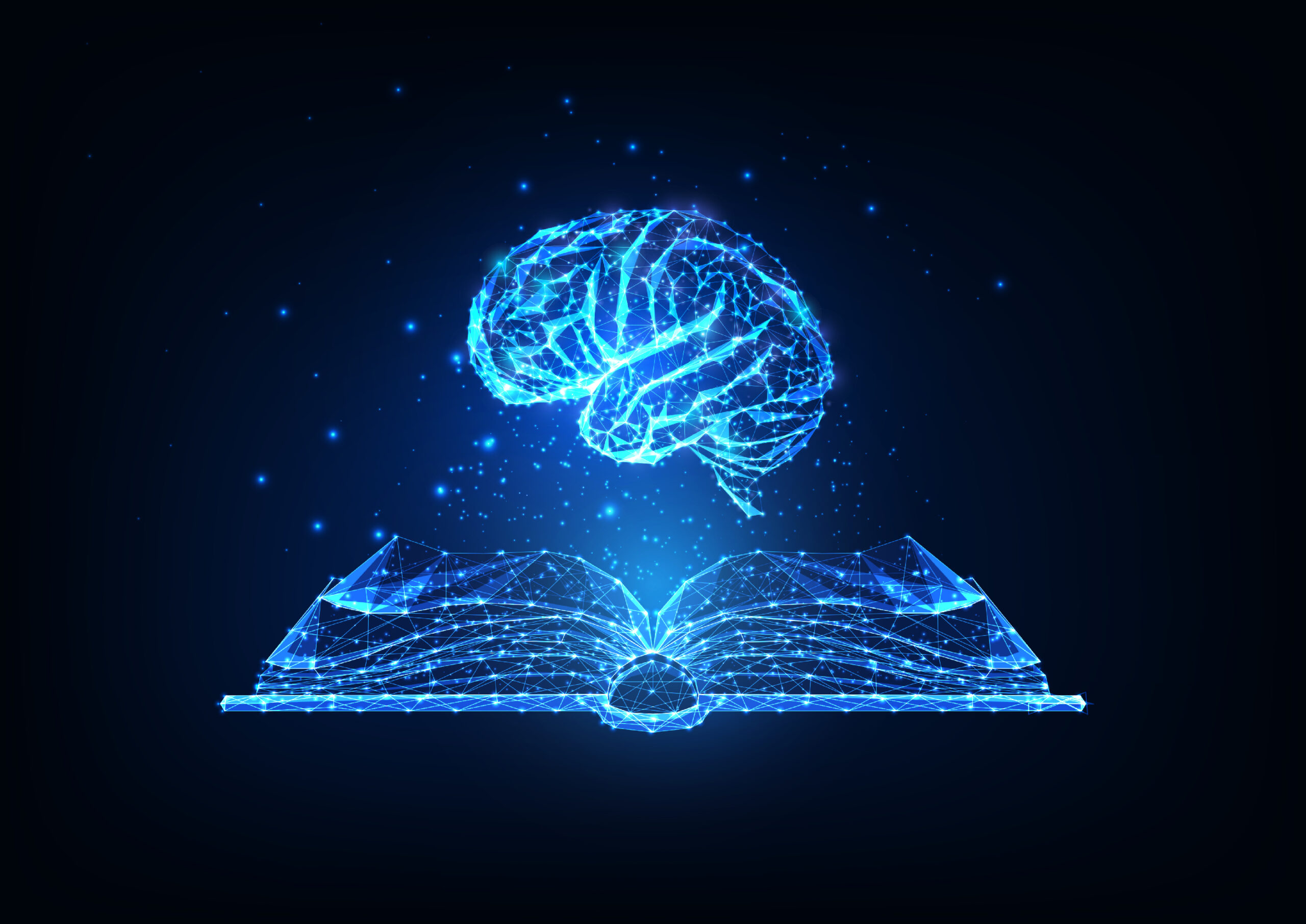The Educational Players of the Future: Who We Are When We Learn
Inspired by Carvalho, Iglesias & Ivanov
In 1960, a group of researchers in California wired electrodes to the heads of cats, hoping to understand how the brain responded to visual stimuli. What they discovered was accidental, but world-changing: the brain, it turned out, didn’t just receive information—it structured it. From the moment light hit the retina, cognition wasn’t passive. It was active. The brain wasn’t a receiver. It was a processor.
That was neuroscience’s first glimpse into how human beings make sense of the world. Fast-forward a century, and the human brain may no longer be working alone.
In Education 2070: A Conceptual Framework, Inês Carvalho, Montserrat Iglesias, and Stanislav Ivanov explore what happens when the actors in education—teachers, students, even the institutions themselves—become something more than human. Not metaphorically, but literally: biologically enhanced, technologically entangled, cognitively augmented.
It sounds like science fiction. But look closely, and the future is already here.
From Eyeglasses to Exoskeletons
We have always augmented ourselves. The first pair of glasses transformed vision. The printing press expanded memory. The internet reorganized cognition. Today’s wearables, attention trackers, and emotion-sensing apps are just the latest iteration in an age-old pattern: human limitation giving way to technological possibility.
The difference now is speed—and scale. Neural implants are no longer confined to laboratory rats. Brain-computer interfaces, once the province of speculative novels, are now funding rounds in Silicon Valley. And AI tutors that once struggled to form coherent sentences can now write essays, summarize research, and simulate empathy.
The authors of Education 2070 take this trajectory seriously. They ask: what happens when students themselves are enhanced? When memory is no longer a bottleneck? When cognition is accelerated by circuits rather than shaped by experience?
They call these individuals “transhuman learners.” And their argument is subtle but profound: the future of learning isn’t just about new content. It’s about new people.
Learning with a Second Brain
Imagine a classroom where students access the periodic table not from memory, but from a neural interface. Where attention lapses trigger gentle haptic nudges. Where each learner has a silent AI partner—an invisible co-pilot tracking confusion, gauging boredom, optimizing every interaction.
This is not a fantasy. It’s a projection based on what we already see in the most advanced learning labs and tech startups. But the authors make an important distinction: having access to knowledge is not the same as being educated.
A student with perfect recall may still struggle with ethics. A learner with algorithmic foresight may still fail to understand another person’s pain.
In other words, even the most enhanced students will remain incomplete. Not because their tools are insufficient—but because education has always been more than information. It’s about formation.
The Teacher as Human Anchor
There’s a popular fear that AI will render teachers obsolete. Machines, after all, can already grade papers, generate lesson plans, even tailor feedback with surgical precision. But Education 2070 rejects this narrative.
Instead, it reframes the teacher not as a competitor to AI, but as its necessary complement.
The teacher of the future may wear augmented reality glasses. They may monitor biometric dashboards. They may consult predictive models before assigning a project. But none of these tools can replace the subtle craft of being human in the presence of other humans.
When a student’s anxiety isn’t captured by sensors, but by a slight hesitation in their voice—only a teacher notices. When a conversation veers into ambiguity, or moral uncertainty, or lived experience—only a teacher knows how to hold that space.
In a world of algorithmic certainty, the teacher becomes the guardian of ambiguity. The last defense against a pedagogy of perfection.
The Unequal Future
But there’s a catch. If the tools of enhancement—neural links, cognitive boosters, emotional dashboards—are expensive, then education risks becoming not just augmented, but stratified.
Who gets to be enhanced? Who gets access to the best AI tutors, the most refined data systems, the most integrated learning environments?
The authors hint at this tension. But the implications are stark. If we’re not careful, tomorrow’s schools may no longer divide students by test scores or neighborhood—but by the architecture of their biology.
This isn’t just an ethical dilemma. It’s a design challenge. If we don’t build systems with inclusion in mind, we will build hierarchies instead.
What Should We Do Now?
The natural question, of course, is: what now? If you’re a teacher in 2024, how do you prepare for a classroom that might one day feel like a cyborg orchestra?
The answer is both simple and difficult.
- First, engage with AI now, not later. The tools are primitive today—but understanding them gives you agency in tomorrow’s decisions.
- Second, teach for the meta-level. Help students think about thinking. Feeling about feeling. Ethics about technology. These are the skills that persist when facts become cheap.
- Finally, cultivate the slow skills. Reflection. Empathy. Dissent. These will not be programmed into machines. They will be needed to navigate them.
The Future is Not Inevitable
Carvalho, Iglesias, and Ivanov don’t just offer a roadmap. They offer a mirror. They show us that the future is not an outcome we await—but a terrain we shape.
The educational players of the future will not just be more capable. They will be more complicated. More hybrid. More dependent. And perhaps more in need of what only a teacher can offer: perspective.
Because in a world of infinite knowledge, the rarest skill will be knowing what matters.

